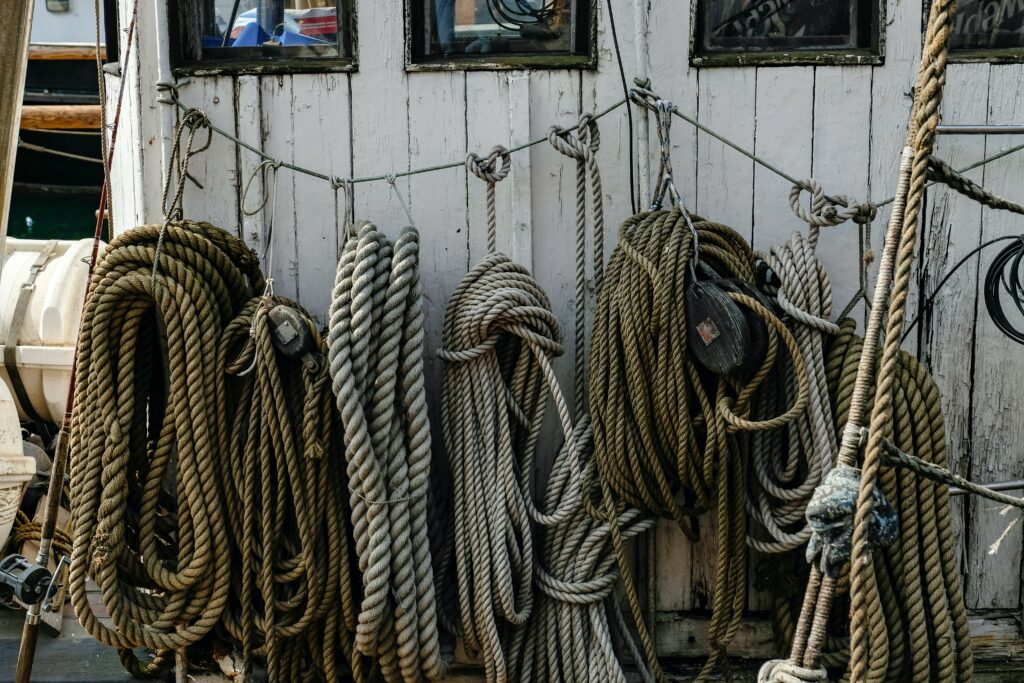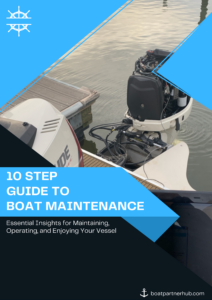Blog
A Step-by-Step Guide and FAQs. Master the essential knot with expert instructions and tips.

How to Tie a Bowline Knot: A Step-by-Step Guide and Frequently Asked Questions – Mastering the Essential Boating Knot for Secure and Versatile Applications
The bowline knot is a timeless and indispensable knot in the world of boating, known for its versatility and reliability. Whether you’re securing a mooring line, attaching a fender, or creating a loop for towing, the bowline knot is an essential skill every boater should master. In this comprehensive guide, we will take an in-depth look at how to tie a bowline knot properly, exploring various methods and applications. Additionally, we will address frequently asked questions to provide you with a thorough understanding of this vital boating knot.
Step-by-Step Guide: How to Tie a Bowline Knot
- Create the Loop: To begin tying a bowline knot, hold the working end of the rope in your dominant hand and the standing end in your other hand. Form a small loop by crossing the working end over the standing end.
- Thread the Working End Through the Loop: Next, pass the working end through the loop from underneath, bringing it behind the standing end and emerging on the other side of the loop.
- Wrap Around the Standing End: After threading the working end through the loop, wrap it around the standing end, creating a bight or turn in the rope.
- Thread Back Through the Loop: Now, carefully thread the working end back through the loop from the front, passing over the standing end this time.
- Tighten the Knot: As you gently pull both ends of the rope, the bowline knot will start to form. Ensure the knot is snug, with the working end exiting from the bottom of the loop.
Variations and Applications of the Bowline Knot
- The Double Bowline Knot: This variation of the bowline knot features an additional loop, making it even more secure and suitable for heavy loads.
- The Bowline on a Bight: Ideal for creating a loop in the middle of a rope, the bowline on a bight is useful for rescue scenarios and attaching hardware.
- Securing Halyards and Sheets: Boaters often use the bowline knot to secure halyards and sheets to sails, ensuring they remain taut and reliable during navigation.
- Tying Off Mooring Lines: The bowline knot is perfect for tying off mooring lines to cleats or bollards on docks, providing a strong and quick method of securing a boat.
FAQs (Frequently Asked Questions)
Q1: Can the bowline knot come undone under tension?
A: No, the bowline knot is designed to maintain its form and strength under tension. However, always inspect the knot for security before relying on it.
Q2: How do I untie a bowline knot after it’s been loaded?
A: Unlike some knots, the bowline is relatively easy to untie after it has been under tension. Simply release the tension and pull the working end to untie the knot.
Q3: What do I do if the bowline knot becomes too tight to untie?
A: If the knot is excessively tight, use a marlinspike or a pen to gently loosen it, working the loops apart carefully.
Q4: Is the bowline knot suitable for joining two ropes together?
A: No, the bowline knot is not intended for joining two ropes together. For that purpose, consider using a square knot or other appropriate knots.
Q5: Can I use the bowline knot for climbing or rappelling purposes?
A: The bowline knot is not recommended for climbing or rappelling, as it can slip when loaded in certain directions. Use specialized climbing knots for these activities.
Conclusion
The bowline knot is a fundamental skill every boater should acquire, as its versatility and reliability make it invaluable in various boating scenarios. From securing mooring lines to attaching hardware, the bowline knot provides a secure and dependable solution. Understanding its variations and applications expands its utility even further. With the knowledge gained from this comprehensive guide and frequently asked questions, you can confidently tie a bowline knot and use it skillfully to enhance your boating experiences. Practice regularly to perfect your technique and be prepared to tackle any boating challenge with ease.


